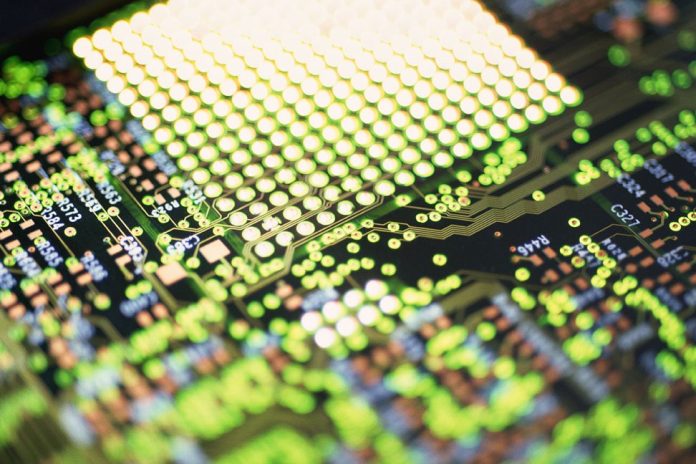YOU can’t stand on the brink of a new year without wondering what the future holds for our industry.
We’ve all read about the financial situation in the Europe, the possible slow-down of China, the stop-start recovery in the U.S. now overshadowed by an oil price-war, our own resources boom waning yet bolstered by falling currency and interest rates. Then there's the loom of acquisition with all its uncertainties. Given the intellectual labour of making sense of all these variables it’s easier to focus on something over which we have control, like the TV remote.
But there are conclusions to be drawn, not just from the conditions we face in 2015, but from the long shadows cast by the global financial crisis, which in most parts of the world is still misshaping technology. New products try to do more with less investment in research and development and with more focus on creative re-branding and economies of manufacture.
Many of the products we’ve seen over the past 5 years remind me a little of Kylie Tennant’s can-do Aussie battlers, constraining internal combustion with fencing wire and the guileless panache of those without a choice. Of course, it’s not the long paddock our industry’s battlers contend with but the weight of years bent by the downward tilt of falling margins and adjacent pursuit of volume, all this leading to that place of untold dread, commoditisation.
Yet there’s more to the story of commoditisation than this and there’s absolutely nothing depressing about it. While manufacturers are standardising components and distributors are re-branding solutions from those manufacturers possessed of the most overwhelming economies of scale, quality is high and functionality continues to reach new peaks of excellence. In my opinion, what this means is that our industry stands at the doorway to massive lateral growth.
Part of the story of falling prices is that finally every home and every business can afford to leverage the unquestioned power of electronic security solutions for safety, security and general management of internal affairs. The lower tier of electronic security solutions is robust, compact, comparatively powerful and so resistant to the elements that sensible installation by technical teams possessed of merely average dedication assures unnatural long life.
And while these entry-level solutions are good in their way, there’s simply no questioning the unbridled power of high-end solutions in all parts of the market. The best products in our industry are noticeably better than the rest. They provide more coverage, integrate more effectively and offer significantly superior performance. And this applies to detectors, cameras, management solutions, storage solutions, locking device, remote management apps. The good stuff is very, very good.
When I first joined the security industry in 1391 (it seem this long, anyway), there were 4 CCTV brands on the Australian market. Their logos were slightly different but there was nothing much in it. Importantly from a technical perspective, there was practically no scope for variation. Within the body of each camera an electrical waveform ran from CCD through the dizzy wizardry of knee circuitry, was ushered by the glory of a multiplexer into the breech of a cathode gun and blasted at light speed into a wall of phosphor.
Things were not much different for alarm panels in the Middle Ages. You had the choice of 2, EDM or Ness, one of which was activated by a warded camkey. Most users left this in the lock for the sake of convenience in the technological equivalent of hiding the front door key under the mat. And it wasn’t that these solutions weren’t reliable and comparatively excellent at what they did, because they were. Simply, the state and cost of technology did not leave much scope to really blow a user’s socks off.
In those days, the primary sales technique was fear, which is a good technique as Presbyterian children will tell you, but it only works on a fixed minority of the population. What works on everyone is a sales pitch enlivened by a solution’s extreme flexibility to offer safety, security, convenience, protection from liability, improved productivity, improved efficiency of adjacent systems like lighting and air conditioning, and all this endlessly sculpted by firmware lapidaries, and empowered by global connectivity. ♦
By John Adams










